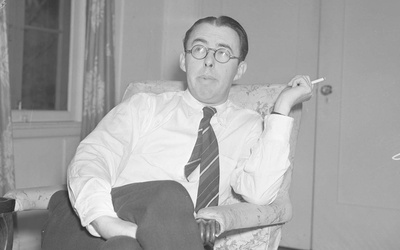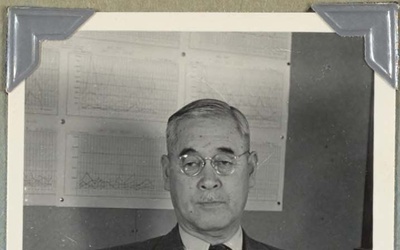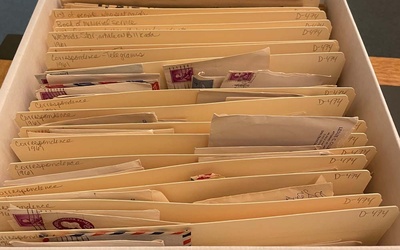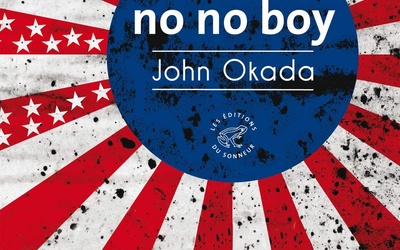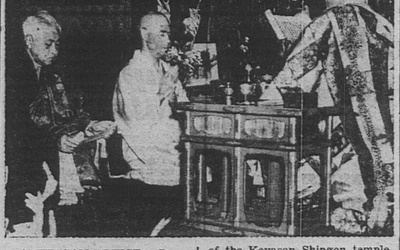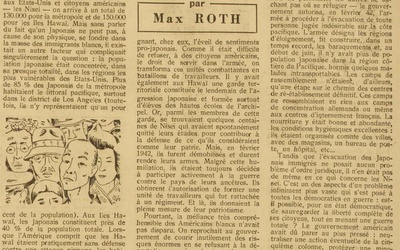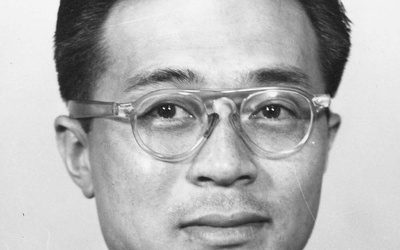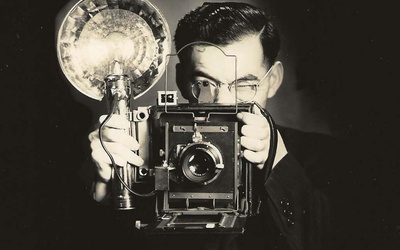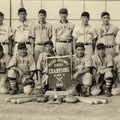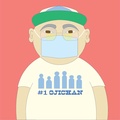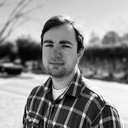
Jonathan van Harmelen
@jonathanJonathan van Harmelen is currently a Ph.D student in history at UC Santa Cruz specializing in the history of Japanese-American incarceration. He holds a BA in history and French from Pomona College and an MA from Georgetown University. He can be reached at jvanharm@ucsc.edu.
Updated February 2020
Stories from This Author
An Active Voice: The New Republic’s Reportage on the Incarceration - Part 1
Jan. 25, 2022 • Jonathan van Harmelen
In November 2020, I published an article for Discover Nikkei addressing The New Yorker’s coverage of the wartime incarceration of Japanese Americans. Although the magazine’s wartime issues provided scant coverage of the incarceration, mostly couched in vague allusions to the topic, such brief mentions nonetheless indicate the subtle buildup of consciousness of the issue among both contributors and readers. It also indicates The New Yorker’s overall movement from a purely humor magazine to one engaged in serious discussion of culture and …
Harvests Lost – the Koda Family’s Claim
Jan. 7, 2022 • Jonathan van Harmelen
In my previous article for Discover Nikkei, I described my trip to the UC Davis archive and my research into William Koda’s papers. As part of my article, I mentioned discovering a letter sent by attorney Leslie Gillen to the Koda family that discussed the potential effect of William Koda’s death upon the family’s claim case. As the largest claim ever filed by a Japanese American family under the Evacuation Claims Act of 1948, the story of their claim and …
A Trip to the Archive – In Memory of William Koda
Dec. 31, 2021 • Jonathan van Harmelen
As part of my research for Discover Nikkei, especially during COVID times, I spend a great deal of time perusing databases and digitized collections available online, such as Densho, the Library of Congress, or the Bancroft Library at University of California at Berkeley. As social distancing restrictions shift, occasionally I have the opportunity to visit university archives to see the actual documents. While online archives provide scans that are readily downloadable as computer files, the feeling of seeing boxes of …
Les Japonais Américains: Recent Discussions of Japanese American History in France
Dec. 10, 2021 • Jonathan van Harmelen
In my previous article for Discover Nikkei, I uncovered the wartime newspaper coverage of the incarceration of Japanese Americans in the French press. In postwar France, the retelling of Japanese American history offers both a vivid example of foreign interest in United States history and a window into French views towards race and society. Studying the presentation of United States history abroad provides both a commentary on American issues abroad and an extra scope for understanding other people’s investment in …
The Curious Case of Ronald Lane Latimer: A Born-Again Buddhist - Part 2
Nov. 23, 2021 • Jonathan van Harmelen
Read Part 1 >> For the most part, existing biographies of Ronald Lane Latimer’s life concentrate on Latimer’s publishing work and his relationship to Modernist poets like Stevens. Less is known of Latimer’s wartime activities and his postwar life. While Reverend Latimer’s defense of Buddhism in his statement before Tolan Committee has been recorded by various scholars, the story of his activism among Japanese Americans during the incarceration process remains much less known. From April until late July 1942, Latimer, …
The Curious Case of Ronald Lane Latimer: A Born-Again Buddhist - Part 1
Nov. 22, 2021 • Jonathan van Harmelen
Numerous authors have previously uncovered the stories of the outside supporters who vocalized their support for Japanese American communities amidst the wave of anti-Japanese vitriol on the West Coast in early 1942. Although the community of supporters ranged from leftist activists to New Deal idealists, it was a small minority of religious figures who agreed on the moral repugnance of Executive Order 9066 and mobilized to assist Japanese Americans during the ensuing incarceration. One of the most unique personalities among …
The French Connection: What Newspapers in Wartime France Said About Japanese Americans
Nov. 8, 2021 • Jonathan van Harmelen
The story of the wartime incarceration of Japanese Americans is not only a part of U.S. history, but also a part of global history. As many Issei remained in touch with families in Japan, news of the wartime incarceration travelled across the Pacific, and even became a propaganda tool in Japan. As I note in my previous article on Dutch articles on the incarceration, many European newspapers outlets across the Atlantic also showed interest in the story of the wartime …
Father Thomas Takahashi – A Man of One Spirit in Two Worlds
Oct. 19, 2021 • Jonathan van Harmelen
Although most of the permanent clergy at the Maryknoll missions did not come out of the Japanese American community, a number of Nikkei clergy, such as Sisters Bernadette and Suzanne, worked among the Japanese American community. One of the first Japanese American Catholics to enter the priesthood was Father Thomas Wataru Takahashi, known also by his friends as “Watson” Takahashi, who built a successful career as a Maryknoll missionary in Los Angeles and in Japan. Thomas Wataru Takahashi was born …
Toge Fujihira: Master Photographer and World Traveler - Part 2
Sept. 28, 2021 • Greg Robinson , Jonathan van Harmelen
Read Part 1 >> Even as Fujihira and Shilin made their documentaries on Native Americans, they also collaborated on a series of films for the Protestant Film Commission. In 1951, Fujihira travelled to Brazil to shoot a film on Church missionary work there. The following year, they released An End to Darkness, a nondenominational film about a Liberian boy’s struggle for a Christian education and his desire to return home and serve his people. Similarly, Challenge in the Sun (1952) …
Toge Fujihira: Master Photographer and World Traveler - Part 1
Sept. 27, 2021 • Greg Robinson , Jonathan van Harmelen
Toge Fujihira (whose family name was sometimes reported as Fujihara) left the West Coast in the years before World War II and settled in New York, where he distinguished himself as a photographer and documentary filmmaker. During the postwar era, he established himself as a professional cameraman and photographer, capturing prize-winning photos and films of landscapes and people in the United States and around the world. Toge Fujihira was born Kazuo Togo Fujihira in Seattle, Washington on January 18, 1915, …

